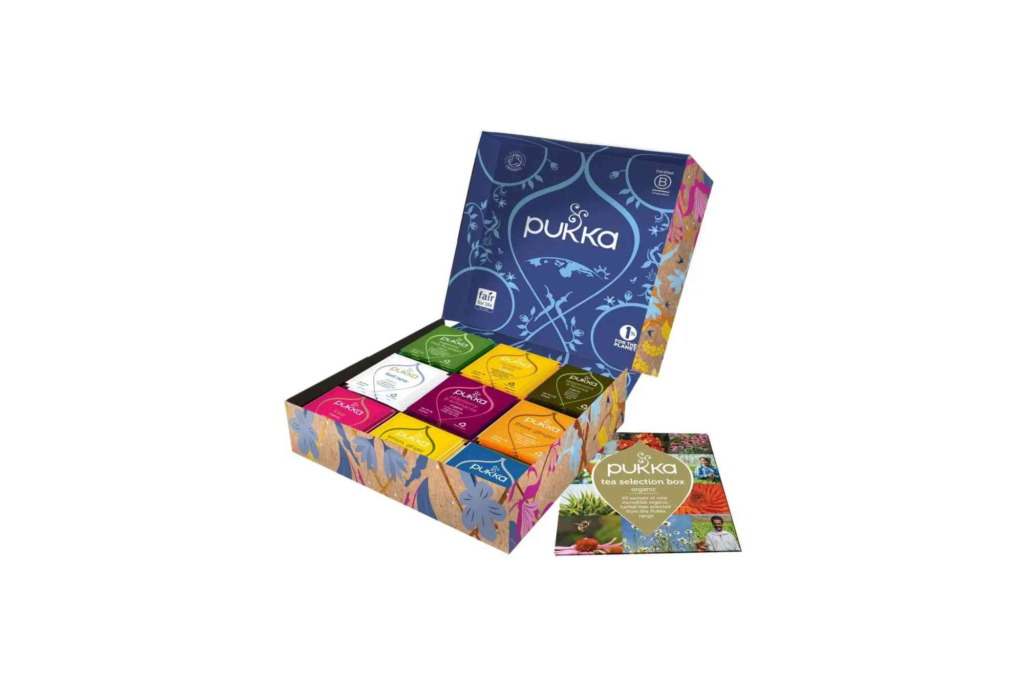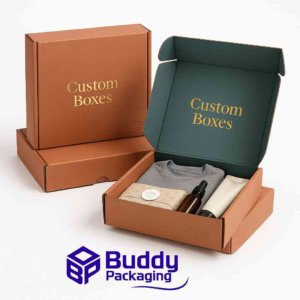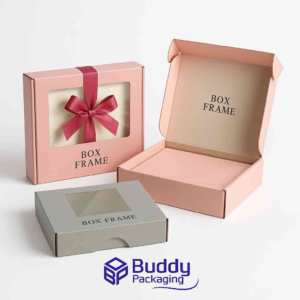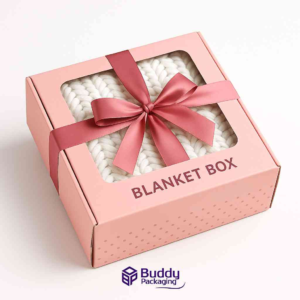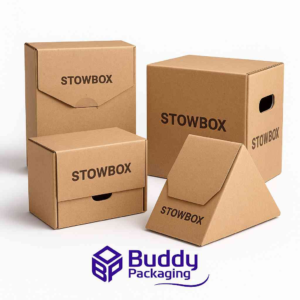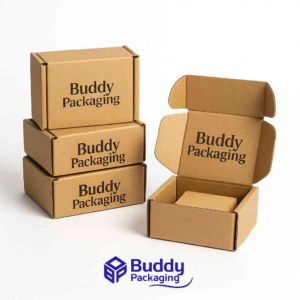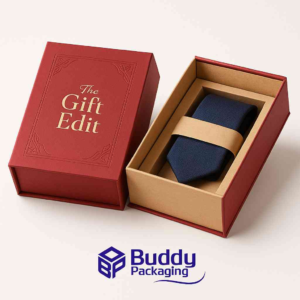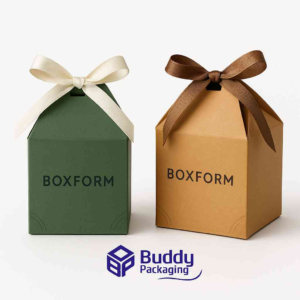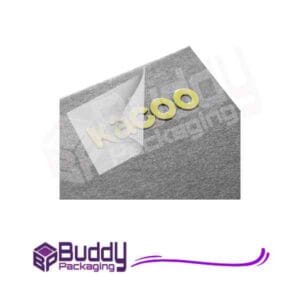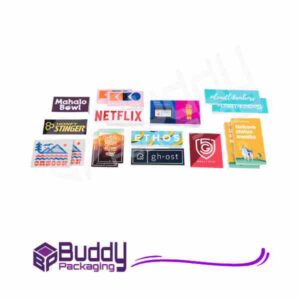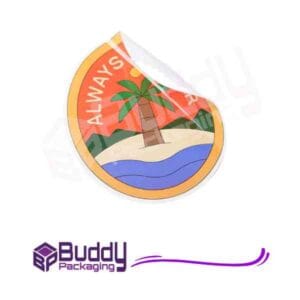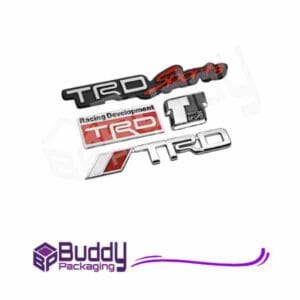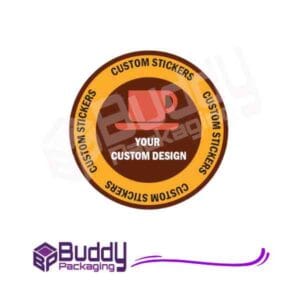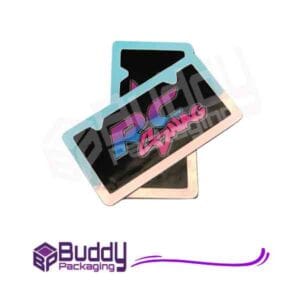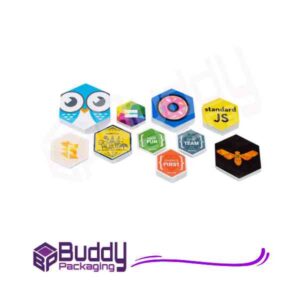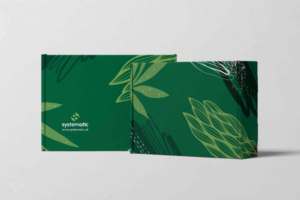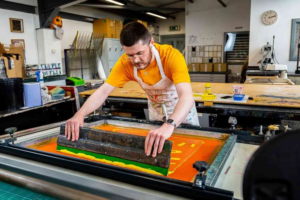Introduction
In today’s competitive marketplace, packaging plays a crucial role beyond merely protecting a product. It serves as the first impression that connects a brand with its audience. Effective packaging design tells a story, communicates brand values, and influences purchasing decisions in an instant.
The Importance of Good Packaging Design
A well-designed package is more than a visual treat—it is a strategic marketing tool. The design influences how customers perceive the brand and can significantly affect their decision to purchase. In an age where consumers value authenticity and eco-conscious choices, good packaging design examples often combine innovative aesthetics with environmental responsibility.
Packaging design must balance form and function. A product might have the best design concept, but if it doesn’t protect the item or communicate the brand message effectively, it fails to perform. Therefore, successful packaging should integrate visual appeal, practicality, and sustainability to create a holistic experience.
Key Principles Behind Good Packaging Design Examples
Visual Identity and Brand Storytelling
One of the core principles in standout packaging design is brand storytelling. Good packaging design examples demonstrate how colour, typography, and imagery create a narrative that consumers can connect with emotionally. From minimalist designs that convey elegance to bold, colourful patterns that reflect vibrancy and energy, every choice communicates something about the brand’s personality.
Functionality and Usability
Functionality plays an equally important role. Packaging must protect the product, be easy to handle, and deliver a seamless unboxing experience. Clever structural design, such as resealable containers or ergonomic shapes, ensures that consumers find the product convenient and enjoyable to use. This balance between aesthetics and practicality defines truly good packaging.
Sustainability in Packaging
Sustainability has evolved from being a trend to a necessity. Modern consumers expect brands to adopt eco-friendly materials and processes. Many good packaging design examples feature recyclable materials, minimal plastic use, and biodegradable elements. Brands that communicate their environmental commitment through design foster stronger relationships with their audience.
Notable Good Packaging Design Examples from Around the World
Apple – Simplicity That Defines Luxury
Apple’s packaging is a classic example of how simplicity can exude sophistication. Each box, from the iPhone to the MacBook, is crafted with precision. The use of clean white surfaces, smooth textures, and well-engineered compartments reflects the brand’s commitment to quality and innovation. This minimalist approach highlights how less can indeed be more.
Coca-Cola – Timeless Brand Consistency
Coca-Cola has mastered the art of maintaining a consistent yet refreshing packaging design. Its signature red colour and curvy bottle design make it instantly recognisable across generations. Despite introducing variations like Diet Coke or Coca-Cola Zero, the brand has retained its essence through cohesive design choices. This is a perfect example of how consistency builds trust and familiarity.
Lush Cosmetics – Sustainability Meets Creativity
Lush stands out for its eco-conscious and innovative packaging. Many of its products come without packaging, promoting a zero-waste approach. When packaging is used, it often involves recyclable materials and bold typography that align with its ethical values. This strong commitment to sustainability makes Lush an inspiration for brands seeking environmentally friendly design solutions.
Toblerone – Functional Design with Distinct Shape
Toblerone’s triangular packaging is not only visually distinctive but also functional. Its shape protects the chocolate pieces and makes it instantly recognisable on shelves worldwide. The iconic design highlights how shape and form can be powerful tools in creating memorable product identities.
Nespresso – Luxury in Every Detail
Nespresso’s packaging epitomises premium quality and sophistication. The sleek capsule boxes are designed for both convenience and elegance. The metallic hues and embossed finishes enhance the tactile experience, while the compact design ensures easy storage. This thoughtful combination of aesthetics and practicality demonstrates what makes a packaging design truly effective.
The Role of Innovation in Modern Packaging
Innovation lies at the heart of every great packaging concept. Modern brands are using smart technology, augmented reality (AR), and QR codes to enhance engagement. Interactive packaging invites customers to scan, learn, or experience the brand beyond the physical product. For instance, wine brands now include QR codes linking to vineyards’ stories or tasting notes, deepening consumer connection.
Innovation also extends to material use. Many designers are experimenting with mushroom-based packaging, paper pulp alternatives, and even edible films. These materials reduce waste and appeal to environmentally conscious consumers. This shift towards sustainability ensures that good packaging design examples are not just visually pleasing but also ethically responsible.
How Good Packaging Design Affects Consumer Behaviour
Packaging design directly influences emotions and perceptions. Studies show that nearly 70% of consumers make purchasing decisions based on packaging alone. When design elements evoke trust, excitement, or curiosity, they increase brand engagement. Colours play a significant role here: red evokes energy, green suggests sustainability, and blue reflects reliability.
Texture and shape also affect perception. Matte finishes convey elegance, while glossy surfaces signal modernity. Rounded shapes appear friendly and approachable, whereas angular designs feel bold and futuristic. These psychological cues subtly guide customers toward forming lasting impressions of a brand.
Learning from Local and Custom Packaging Innovations
If you are looking to explore unique design opportunities, Custom Packaging solutions provide an excellent way to tailor your brand’s identity. Businesses can choose bespoke materials, shapes, and finishes to match their product and market. Companies such as Buddy Packaging in the UK specialise in crafting packaging that merges creativity with functionality, offering sustainable and visually appealing options. Their expertise helps brands stand out while aligning with modern consumer values.
For designers or marketing professionals seeking detailed industry insights, print & finishing insights offer valuable information on trends, materials, and techniques shaping the world of packaging design today.
Additionally, those interested in visiting or collaborating can explore the Buddy Packaging Location to understand how professional packaging design services are contributing to brand innovation across various sectors.
Emerging Trends in Good Packaging Design
Minimalism and Clean Design
Minimalism continues to dominate packaging aesthetics. Brands now prefer clean layouts with simple typography and limited colour palettes. This approach conveys elegance and transparency, which resonates with modern consumers who value authenticity over excess.
Bold Typography and Expressive Colours
Typography has become a hero element in packaging design. Large, eye-catching fonts communicate confidence and help products stand out. Combined with vibrant colours or unusual placements, text can express brand personality more powerfully than elaborate graphics.
Transparent and Window Packaging
Transparency builds trust. Many brands now use clear windows or partial transparency to showcase the product inside. This technique reassures customers about quality and authenticity, particularly in food, cosmetics, and luxury goods.
Personalisation and Limited Editions
Consumers crave unique experiences, and personalised packaging satisfies this demand. Whether it’s Coca-Cola’s “Share a Coke” campaign or limited-edition designs for holidays, these efforts make consumers feel special and connected to the brand story.
How Businesses Can Create Their Own Good Packaging Design
Creating good packaging design requires more than aesthetic sense—it demands research, strategy, and empathy. Start by understanding your target audience’s preferences and values. Choose materials and designs that reflect your brand story. Collaborate with skilled designers who can translate your vision into practical yet visually stunning packaging.
It’s also important to consider sustainability from the beginning. Eco-friendly packaging not only reduces environmental impact but also enhances your brand image. Finally, test your packaging for usability, durability, and emotional appeal to ensure it resonates with your customers.
The Future of Packaging Design
Good packaging design examples reveal how creativity, innovation, and purpose come together to elevate brands. Whether it’s Apple’s minimalism, Lush’s sustainability, or Nespresso’s premium finishes, each demonstrates how thoughtful design can capture hearts and markets. As consumer expectations evolve, brands must embrace eco-conscious materials, interactive elements, and storytelling-driven visuals.
Investing in well-crafted packaging is investing in your brand’s success. If you’re ready to transform your product’s presence, explore Custom Packaging solutions today. You can also visit the Buddy Packaging Location to see how experts bring design innovation to life and stay updated with the latest print & finishing insights for continuous improvement.
FAQs
What makes a good packaging design?
A good packaging design balances visual appeal, functionality, and sustainability. It should attract attention, protect the product, and communicate the brand story effectively.
How does packaging influence buying decisions?
Packaging influences how customers perceive a brand. Colours, shapes, and textures trigger emotions that can encourage impulse buying or foster long-term loyalty.
What are the latest trends in packaging design?
Current trends include minimalistic layouts, bold typography, sustainable materials, and interactive features such as QR codes or augmented reality elements.
Why is sustainability important in packaging?
Sustainability reflects a brand’s social responsibility. Using eco-friendly materials reduces waste and appeals to environmentally aware consumers, enhancing brand reputation.
How can small businesses create good packaging?
Small businesses can invest in Custom Packaging to achieve a professional look without mass production. Partnering with local packaging experts ensures quality and creativity.

